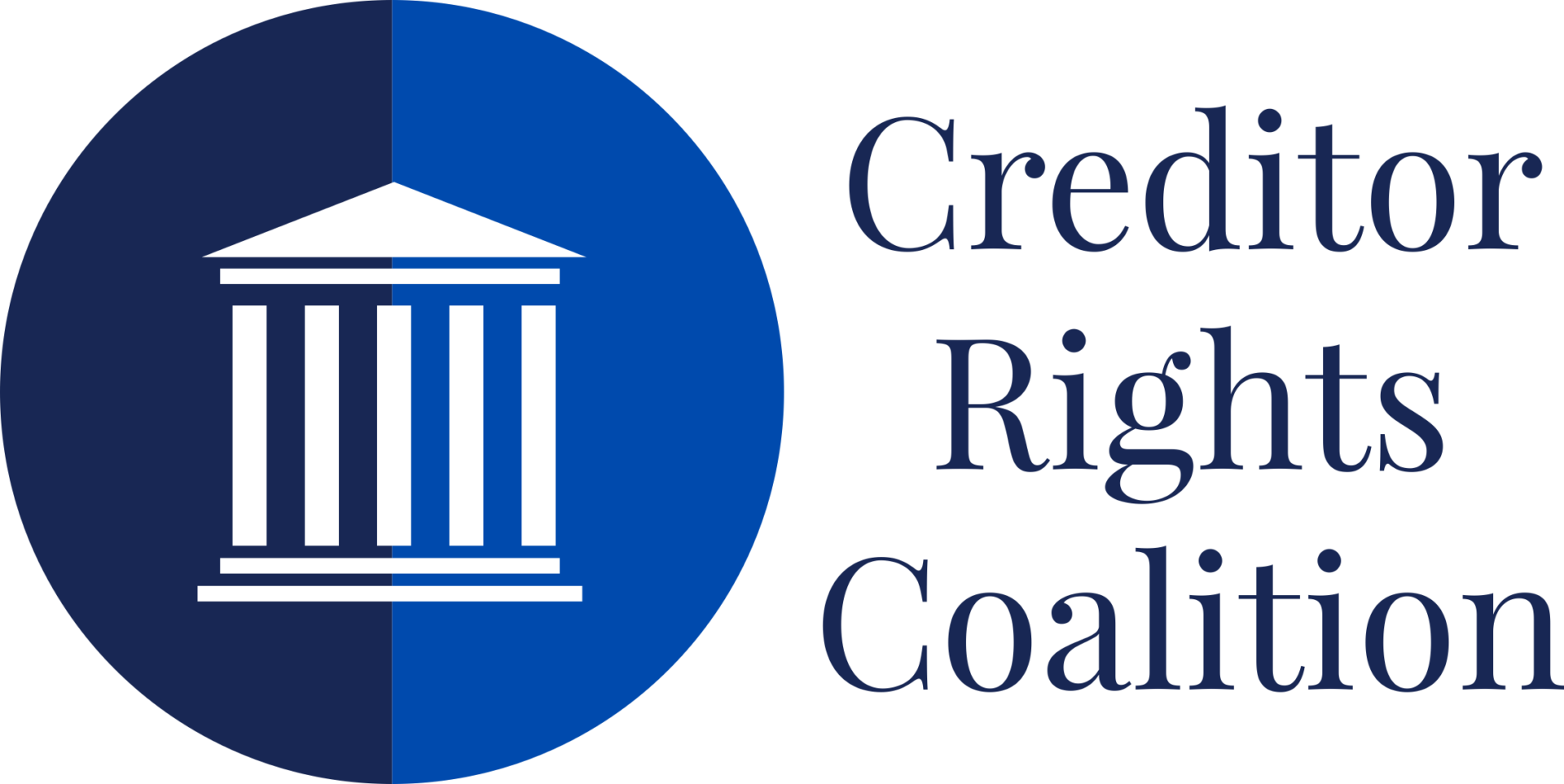Marc Heimowitz Speaks on Open Market Purchases

I have extensive experience negotiating, trading and restructuring syndicated loans, including running the sell-side distressed desk at Citigroup just as the open market purchase exception to pro rata distribution began being commonly inserted into credit agreements. I am also generally conversant about definitions of “market,†“open,†and “open market,†and I am thoroughly familiar with arguments made in Serta (in NY and in the bankruptcy court), Trimark and Boardriders. As a syndicated loan “market†participant – and aware that I am begging the question by defining myself as such – I am surprised that litigants don’t laser focus on what I think is the touchstone of the syndicated loan “open market.â€
The answer is hiding in plain sight, most easily observed in the LSTA’s Complete Credit Agreement Guide description of nonpro rata open market purchases as a method where “a borrower is allowed to negotiate one-on-one with individual lenders to repurchase loans.†(Emphasis added.) An “open market†purchase requires lack of price or term distortion due to undue coordination between either the borrower and lenders, or among lenders. Any financial “market†matches buyers and sellers at arm’s-length. Special deference is given to prices and terms set in markets if the process of matching buyers and sellers theoretically is “open†to all similarly-situated participants each acting in individual economic self-interest. This is because hypothetical equal access creates native and undistorted supply and demand curves that intersect to set prevailing “open market†price and terms.
In practice, we accept that the actual syndicated loan “open market†can be inefficient, that information often is asymmetrical, and that not every buyer and seller in fact is afforded the same opportunity to trade. There have been and will continue to be egregiously “off-market†transactions still fairly described as open market transactions because we rely on a process, not a particular outcome. Moreover, because loans trade bilaterally and not through an exchange, buyers and sellers rely heavily on broker-dealers as (usually) disinterested market-makers who themselves are highly regulated. Broker-dealers also are expected to respect trading rules and customs concerning anonymity, confidentiality, best price, and how to build a book. Accordingly, there is a common and generally correct presumption that a loan trade made through a broker-dealer intermediary is an open market transaction – but it should not be a conclusive presumption.
Bringing this back to the pro-rata exception, the open market purchase clause allows a company to negotiate with an individual lender in secret (directly or through a broker-dealer), typically to monetize debt discount (original intent) but really for any reason accomplished by a purchase of the loan at a market price; the term is lower-case undefined because it is flexible and permits many different transactions. A company can negotiate directly with the lender. More typically a broker-dealer will be used for anonymity, and to defend against off-market price attack. It can buy different lender claims serially, and it also can negotiate the parallel purchase of different lender claims simultaneously. It can condition settlement on certain subsequent events. In my view, it can also purchase old debt using non-cash consideration, provided that the value of that consideration is not off-market. And, although I don’t think it was intended, the language probably allows for a creative borrower’s counsel to structure a transaction to pay a control premium or even holdout consideration to a single lender.
Here’s what it doesn’t allow: the borrower cannot condition a trade on other lenders’ participation, including but not limited to conditioning the trade on the threshold amount traded or collective action among selling lenders. By doing so, the borrower generates a lender group that can offer more economic value collectively than the sum of its individual parts – that is a distortion of the native supply curve (as well as an economic asset that is intended to belong to all lenders ratably). A group-conditioned trade essentially creates a privately negotiated transaction (perfectly permitted in the absence of a pro rata provision) similar to a tender, not an open market transaction. And, this transaction cannot be inoculated simply by crossing through a broker-dealer because the basic presumption of market-making is not satisfied (although I would allow that a lender group or broker-dealer could, independently and not in concert with the borrower, aggregate an all-or-none block of loans for sale).
If a borrower finds this process cumbersome or not sufficient, there is the Dutch Auction option “open to all lenders.†The auction is an offer to all lenders that distributes funds in a disclosed order of operation rather than ratably, and that may also affect existing debt through coercive and contingent deal terms. The offer is not made in secret, as open market transactions often are in order to be efficient and effective, and all lenders get the same opportunity to sell debt to the borrower, monetize any control premium, collectively bargain, holdout, or preemptively engage in an open market transaction with a private purchaser or even the borrower. Textually, if an open market transaction really were just any “arms-length . . . transaction between buyers and sellers in the debt market,†there would be no need for a Dutch Auction option. Instead, if the borrower wishes to create a group-conditioned trade, it must ratably offer the opportunity to be paid out non-ratably.
Copyright 2023 Creditor Rights Coalition
Please contact info@creditorcoalition.org for reprint permission.
